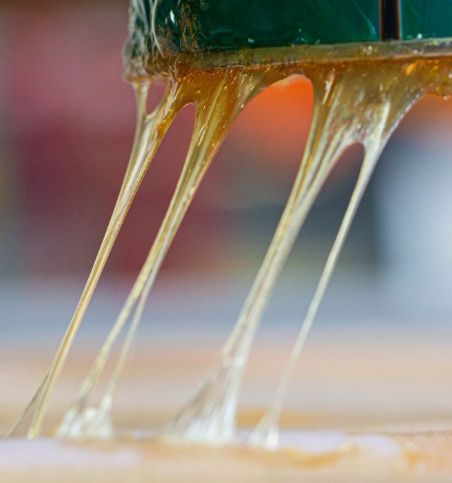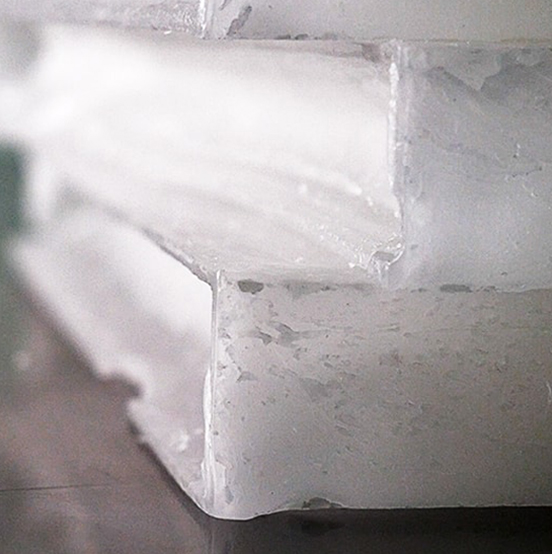
Wax for Adhesive Applications
Blended Waxes, Inc. has years of experience in the adhesive and packaging industry. We manufacture hot melt adhesives for various substrates and supply wax additives for various adhesive formulations. We offer paraffin and microcrystalline waxes are carriers to your formulas or we can formulate a custom blend for you. Our team will work with you to find or create a wax blend that will meet or exceed your expectations for your end product.
Wax Products for this Application
Services for this Application
Custom Adhesive Wax
You will work closely with our experienced technicians to create exactly what you need.
How Different Waxes Benefit Adhesive Applications
Microcrystalline and paraffin are two of the most common types of waxes used for adhesive applications.
Microcrystalline Wax
Microcrystalline wax is a type of petroleum wax that is derived from crude oil. During the refinery process, microcrystalline wax is obtained from the residue and dewaxing of crude petroleum. The result is a wax that is made up of saturated hydrocarbons with a fine-grained crystal structure and high melting point.
Microcrystalline wax can vary in both color and texture. Usually, colors can range from white to yellow to dark brown. Depending on the grade, the wax can be either soft or very hard and brittle in texture.
There are many benefits of using microcrystalline wax. For example, this type of wax:
- Works with a wide range of other oils and waxes.
- Delivers color uniformity.
- Offers high tensile strength.
Paraffin Wax
Paraffin wax is created when crude oil is refined. Unlike microcrystalline wax, the resulting by-product contains much larger, well-defined crystalline structures. Paraffin wax is either translucent or white and either soft or solid depending on the type.
Overall, paraffin wax can be divided into two main types:
- Low melt point paraffin: Melting point less than 130° F.
- High melt point paraffin: Melting point higher than 130°F.
Whether it’s used as an additive or used alone, there are many benefits of paraffin wax, including:
- Low viscosity
- Low oil content
- Odorless
- Can blend with a wide range of wax-based products
Different Applications of Wax in the Adhesive Industry
Both of these waxes can be used for a wide range of adhesive applications. Because microcrystalline wax is so flexible yet stable and strong, it is often used as a blending ingredient. When used as an additive in wax blends, it can help increase the product’s hardness as well as offer a tight seal. Paraffin wax, while it’s commonly used for cosmetic or spa products, can also be used as an adhesive.
Most often, both microcrystalline and paraffin wax are used in hot melt adhesive applications due to the ability to control the viscosity, form fast bonds and provide elongation benefits. You’ll also find that they help your business achieve these benefits for a relatively low cost.
In the adhesive industry, these waxes can be used for:
- Bookbinding
- Packaging
- Converting
- Bonding fusible interlinings
- Laminating fabric
- Sealing hems and inseams
Work With Blended Waxes to Find the Right Wax for Your Application
Here at Blended Waxes, we’re proud to supply waxes for adhesive applications in all kinds of industries. We’ve been operating our wax blend manufacturing company since 1976, and since then, we’ve gained experience and insight into what waxes and processes work the best for adhesives.
No matter your specific needs, we’ll work with you to choose the best microcrystalline or paraffin wax for your application. We can also create a blend with custom melt points to meet your requirements.
To get started, contact us online and we will get back to you shortly.







